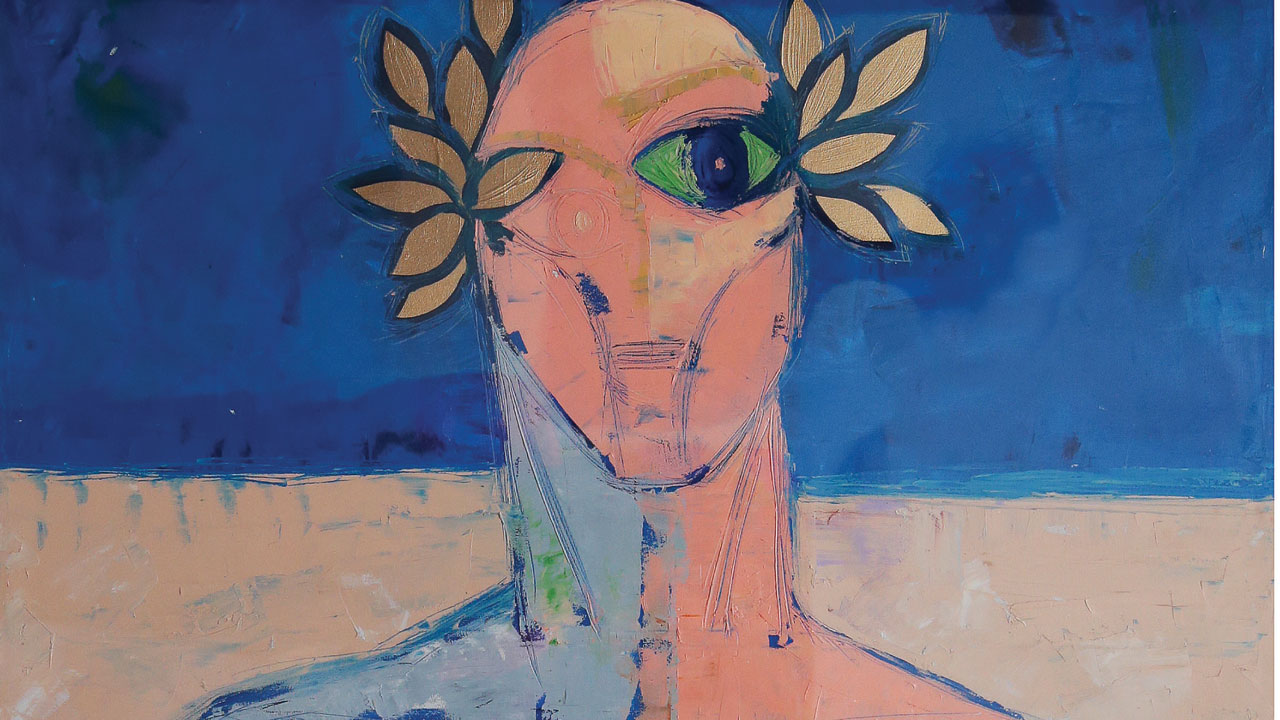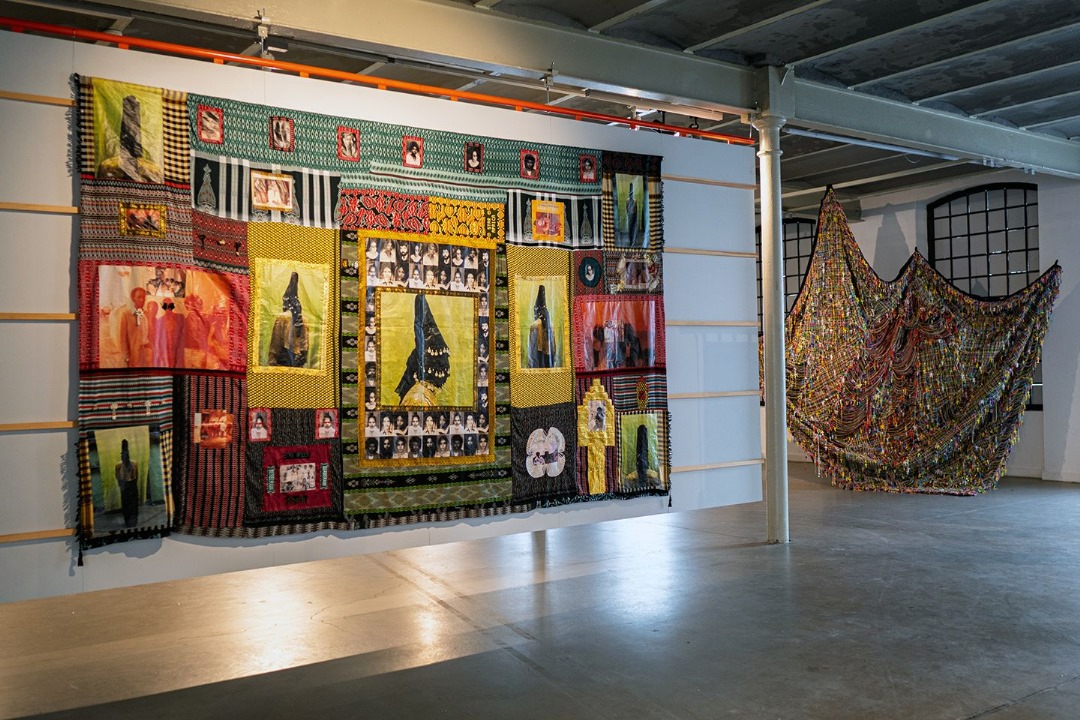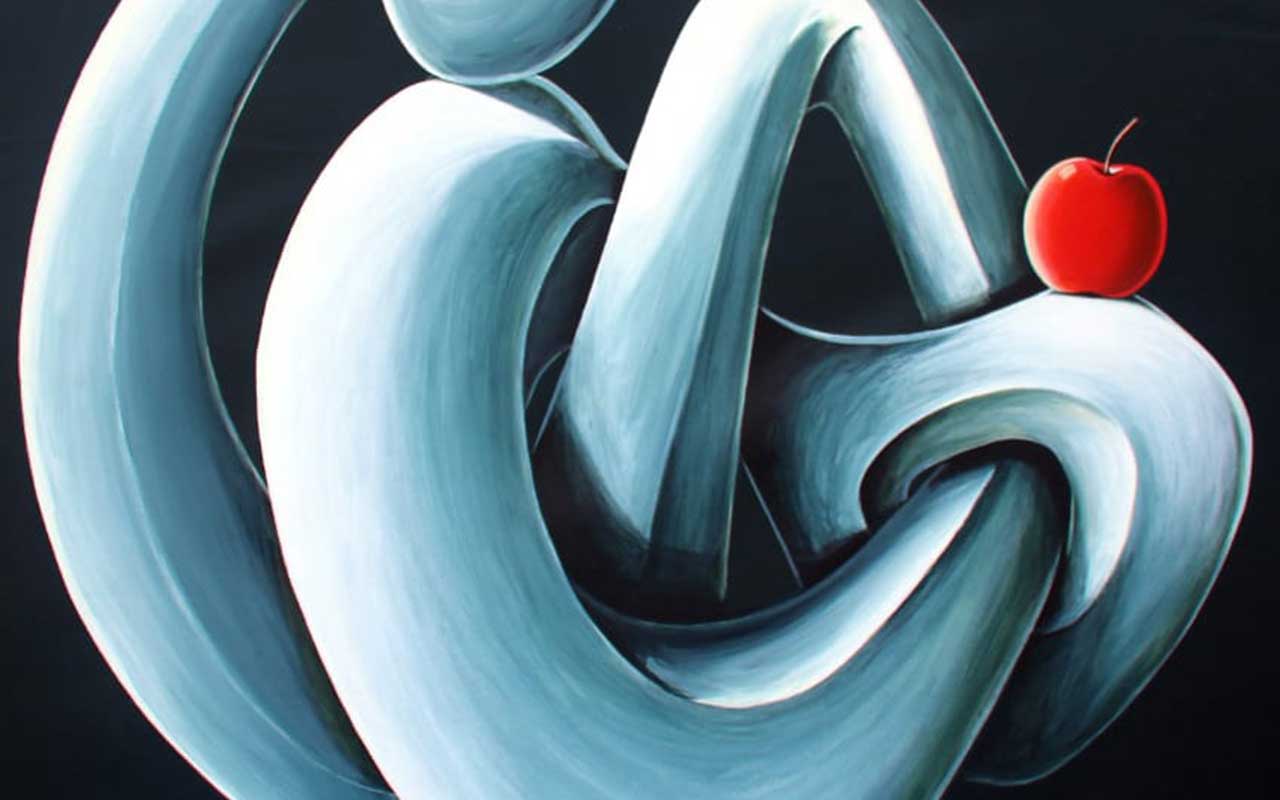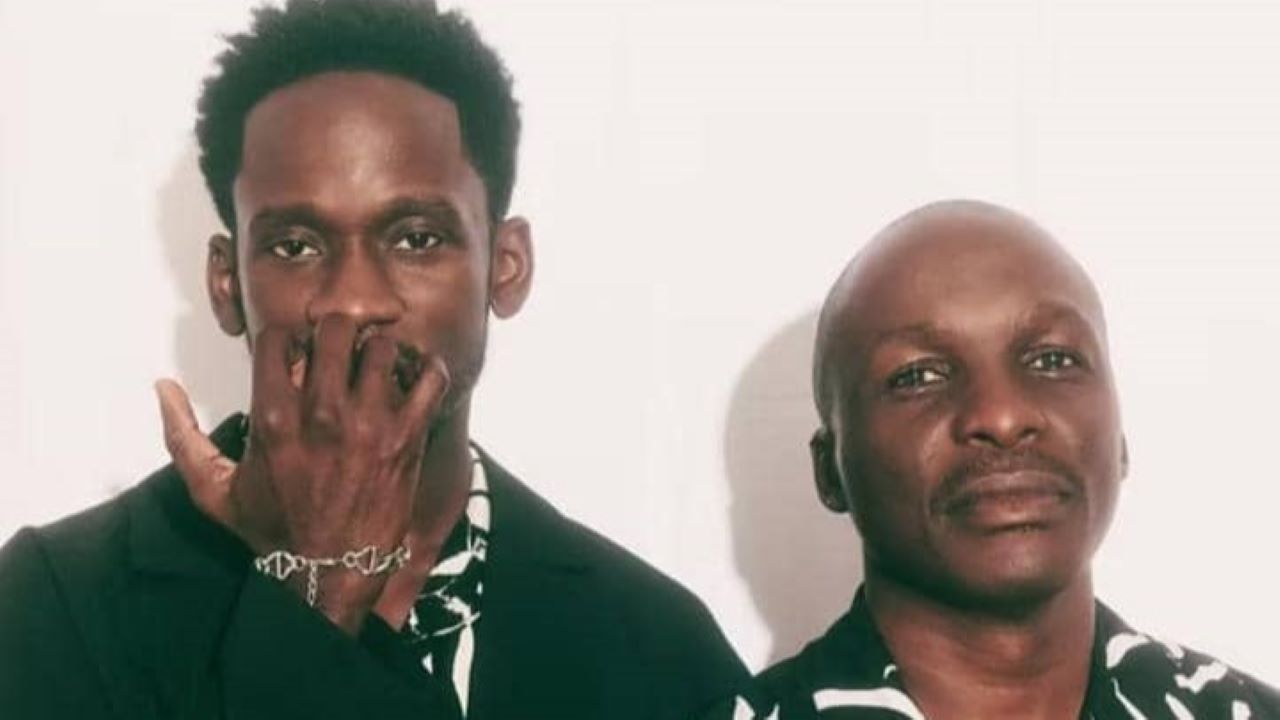
With a CV that includes countless shows and award winning work, Isaac Iken Ismahil Ọláminíyì Erhabor Ogieva Emokpae is not the artist who depends so much on his father’s legacy. He is a determined visual artist — painter and photographer — who dreams the future.
Yesterday, Isaac Emokpae’s solo show, In My Father’s House, was part of the grand opening of Gallery At The Landmark, Oniru Estate, Victoria Island, Lagos. Hannah Oghene is curating the show, which will run till June 4.
The gallery, which is a project managed by his sister, Mrs. Ighiwiyisi Jacobs (Nee Emokpae), is to provide a platform with the buttress of the Landmark Centre, for established and emerging African artists.
The gallery project is a legacy thing to honour something that goes way back but has come instinctively.
According to Mrs. Jacobs, the vision of gallery at the Landmark is to be the incremental difference on a wider narrative about Africa and African art. “In the face of a narrative that is very often negative, the Gallery at the Landmark is intentionally positioned to offer an alternative interpretation to an age-old conversation.”
She said: “I want to imagine that my father — Erhabor Ogieva Emokpae — will be proud of an exhibition like this because it is a continuum of his dream, otherwise who is talking about him? Who is telling us more than what we see in the books? While he is not lost in his father’s shadow as an artist, he owes the spark to him.”
ERHABOR Ogieva Emokpae was one of the sculptors and artists, whose works have contributed to placing African art in the global space. He was among the masters that sought to give a positive direction to art in post-colonial Africa.
He proved his potency in the art world through gigantic works he produced in public places during FESTAC ’77, as well as the decoration and embellishment of both the interior and exterior of the National Theatre.
Also the notable ones among his works are the friezes at the Unilever House, Blackfriars, London, among others, are currently in different important centres in Africa, Europe and the United States of America.
Some of his works include the copper murals at the Headquarters of United Nations Economic Commission for Africa (UNECA) in Addis Ababa, Ethiopia.
He also designed the maces of the University of Benin (UNIBEN) and the University of Lagos (UNILAG), murals on Nigerian Institute of International Affairs on Kofo Abayomi Street Victoria Island and mural for Standard Bank now First Bank Western House and many more. He equally designed the interior of some notable organisations.
His murals and mosaics are also prominent features at the National Theatre and the Murtala Muhammad International Airport, both in Lagos.
His techniques, especially his sculptural murals worked more in fibreglass medium. He was one of the sculptors who popularised the use of fibreglass as a medium in art production.
Emokpae fulfilled the task of environmental embellishment as one of the functions of sculpture.
With this, most of his works at the entrances of National Theatre could be said to be representation of human day-to-day activities.
Though, the range at which he expresses himself is more varied, the information on the images or the relief sculpture in its unity of representation and styles remain unaltered.
The sculpture mural at the Entrance “A” of the National Theatre, which can be referred to as most outstanding of the four works at each entrance can be said to deal specifically with the transfer of black culture to the world.
Also, one of the sculpture murals shows a theatrical performance. Musical instruments are shown being played by different people such as the figure of a flutist quite visible in the work. A drummer is depicted and faces also seen with agape mouths shouting or miming to the music played. All the figures are also in African mask or African heads.
“My late father has not been accorded the proper respect he deserves, maybe because most of his works are not in private homes but public spaces. When collectors don’t have any of his works to hold, his name becomes of little importance to them,” Isaac Emokpae laments.
Emokpae’s works are expression of his personality. He was a gentleman and an ardent artist indeed. He could also be said to be an embodiment of tradition, a motivator and a dualist to the core.
“You will never tell him how it should be done. He was always thinking of newer and different ways of doing things,” he says.
To the late sculptor, in ethics, ‘it is right and wrong, in metaphysics, it is mind and matter; and in theological, it is a continuous internal difference or confrontation between heaven and hell or good and evil.’
He can also be said to have extensively experimented with interchangeability of positive and negative elements in his relief sculptures. Emokpae’s works revolved around the abstract areas of human experiences, which he expressed through a form he called ‘dualism.’
He defined dualism as “ an attempt to explain fact by reference to two co-existing principles — positive and negative — and that throughout the system of creation, the two opposites permeate the entire spectrum.
IN like manner, duality and expressionist cum surrealist features also define Isaac Emokpae’s works.
Born November 5, 1977, the visual artist, who has a bachelor’s degree in creative arts from the University of Lagos (2005), studied under the guidance of Professor Abayomi Barber.
The third son of Erhabor Ogieva Emokpae, one of Nigeria’s most celebrated painters and sculptors, Isaac, like the senior Emokpae, strongly “combines his poetic depth with artistic flair.”
A self-proclaimed philosopher, Isaac is inspired by Leibniz, Descartes and Santayana, his religion (Christianity) and his culture (Bini).
For Isaac Emokpae, COVID-19 provided time for introspection. “It was time when I looked back at those things that influenced me. There is no way I can say I am independent of my heritage. I find kindred spirit in the likes of Femi Kuti, Seun Kuti and Dare Art Alade who are shouldering a heritage. As a Benin man with that culture consciousness, I must carry it is a baton. One of the commandments I find stringent is honour thy father and thy mother. I tried to lift those ideals my parents stood for.”
For him, the road to stardom was not an easy one. He, however, made his mark in the Nigerian creative scene first as a photographer. He worked for a while in fashion and journalistic photography, making a significant mark in the field.
THE show’s title, In My Father’s House, is a coinage from his childhood experience of his father before he died. “My father was the only person to be laid in state at the National Theatre, Lagos before he was buried. He was always there than he was at home. Any time I want to hear him or see him, I just walk round the National Theatre, because he is everywhere even where people don’t pay attention. Inside my father’s house, there are many rooms and ideas.”
“The themes I talk about in the exhibition include family, love, respect, faith, success through hard work. If there is one thing I inherited from my father, it is that a message is effective when it is simple,” he said.
He will be exhibiting 20 two-dimensional pieces that are a fusion of traditional stain glass and painting.
With this renewed efforts by Isaac and Mrs. Jacobs (son and daughter), the narratives around Emokpae is tilting towards a trinity — Father, son and daughter. No doubts, a new narrative on Emokpae contributions to Nigerian cultural landscape is set to be written, and even some of this unfinished projects like The Black Pot, an initiative for the promotion of Nigerian cuisines across the globe.






